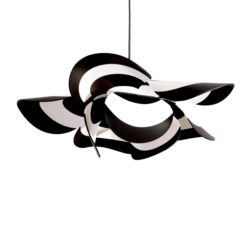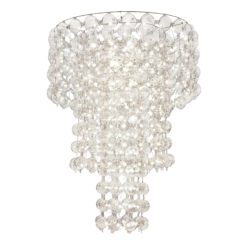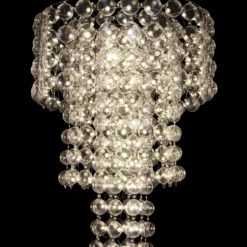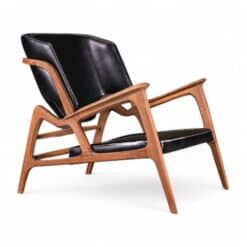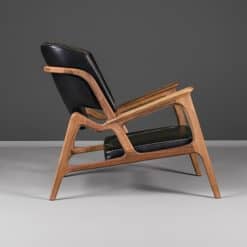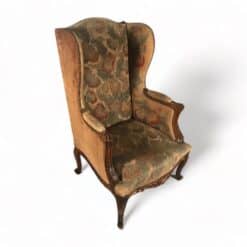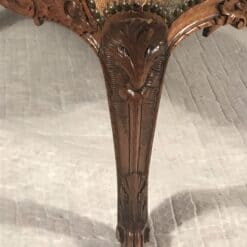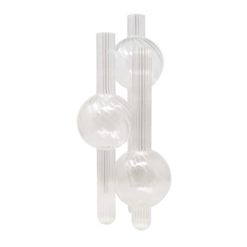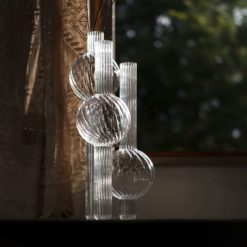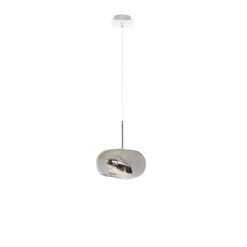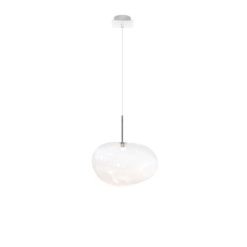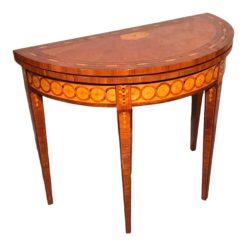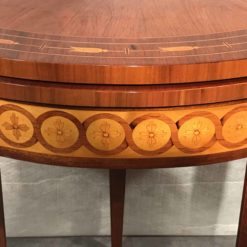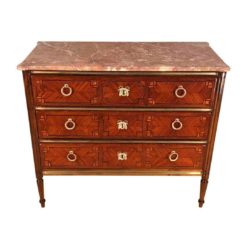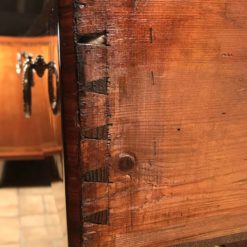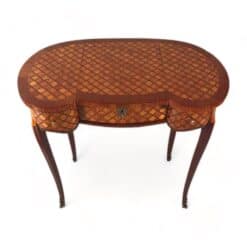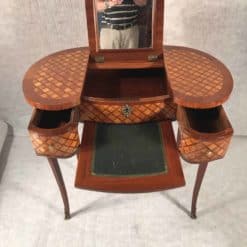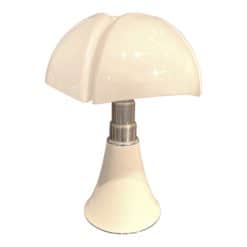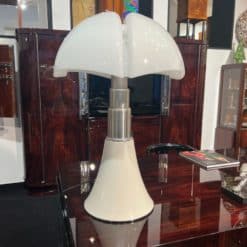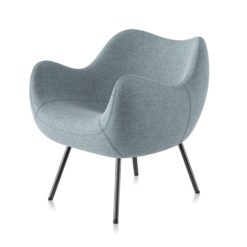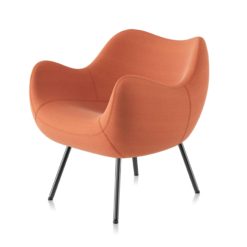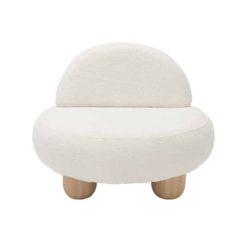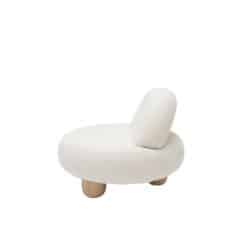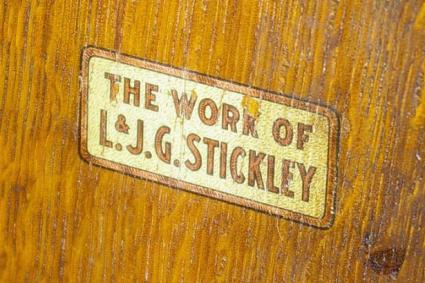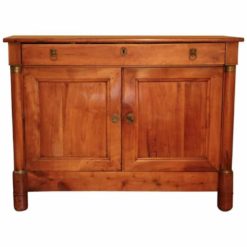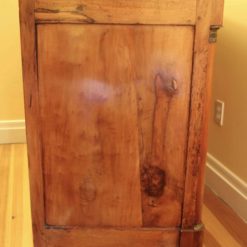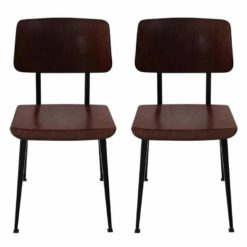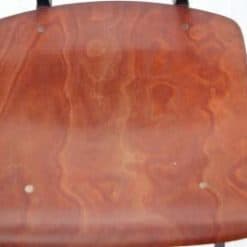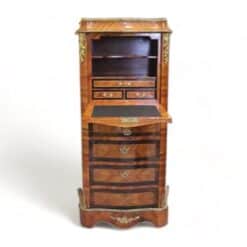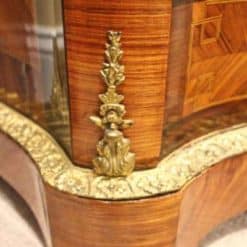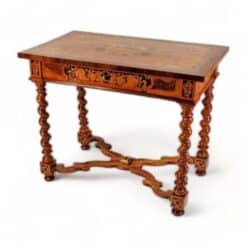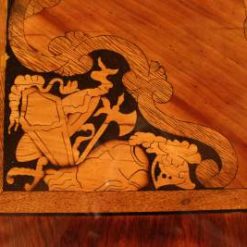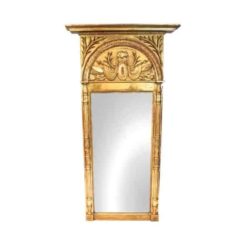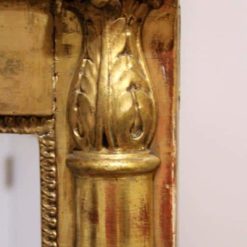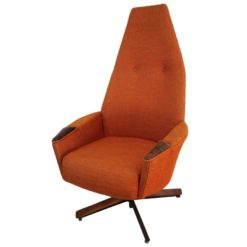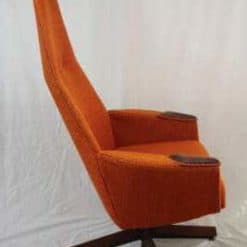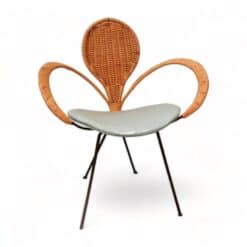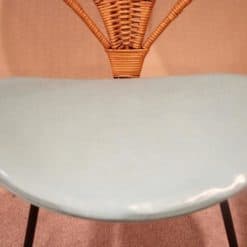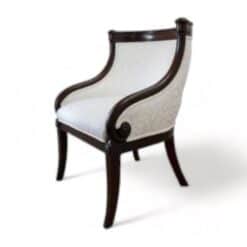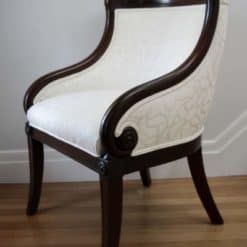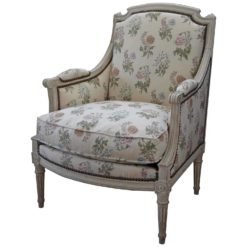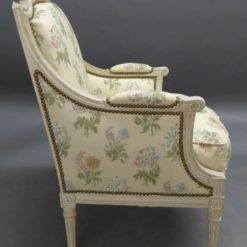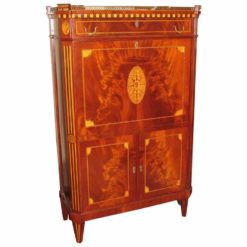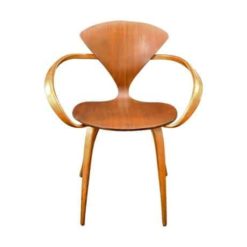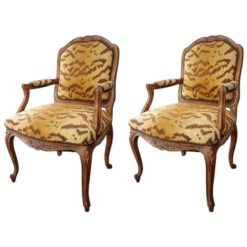Best Sellers
Uncategorized
The Real Deal? | How To Identify Antique Furniture
How To Identify Antique Furniture
When it comes to purchasing antiques, you want to make sure what you’re buying is authentic. But it can be challenging to identify antique furniture, especially if you are new to this area.
A piece of antique furniture is as much of an investment as it is a purchase, and like any investment, you want its value to grow over time.
Its distinguished appearance, rich history, but most of all, it’s one-of-a-kind nature makes antique furniture highly sought after.
Because antiques are works of craftmanship, their value reflects the artistry.
In a previous post, we briefly discussed some of the things you can do to ensure the item in question is genuine, not a replica.
One option is asking the seller for any forms that authenticate the age of the furniture, but more often than not, this paperwork won’t be available.
If that happens to be the case (and when it comes to antiques, it probably will), the next step is to scrutinize the style and artistry.
Even if you aren’t a professional antique dealer, you can still train yourself to spot certain features that tell the legitimacy of a piece.
Let’s take a look at some of the ways to identify antique furniture.
Style
Perhaps the easiest and most general step is looking at the furniture styles. This is a good starting point for those wondering how to identify antique furniture.

Is it William and Mary, Federal, Classical, Queen Anne, or something else?
Pinpointing the style offers a timeframe and makes it easier to verify its age and if it’s a real antique. However, this is just the first step, and further verification is needed to make sure it isn’t a replica.
Joinery And Hardware
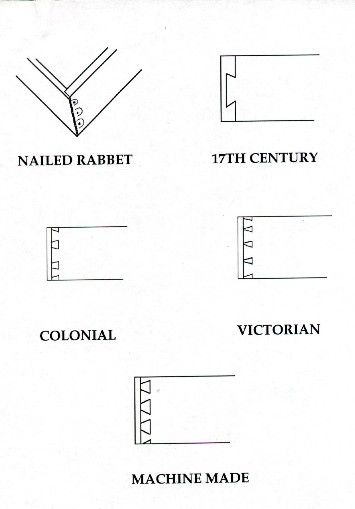
For those wondering how to identify antique furniture, it’s all about the details. One of the first things you can do is look at the joinery, or the wooden components consisting of the piece.
Do these parts look handmade? Look for things like the dovetail joints in dresser drawers. Handcrafted furniture usually has handmade dovetails that are a little uneven.
The hardware that was used to make something is also critical to age an antique. Brass was a popular material for knobs, handles, and other features in the early 19th century. It fell out of style for about 50 years until it made a comeback at the end of the 1800s.
For example, the mass production of screws started in 1848, which made them more consistent. From 1812 until then, the threading of screws was made by machine and finished by hand. And in the 18th century, screws were produced entirely by hand and lacked uniformity.
So, furniture with screws that appear like modern ones likely came after the mid-1800s. Very old furniture has equally old hardware, and you should look at other aspects of the piece to confirm.
Markings
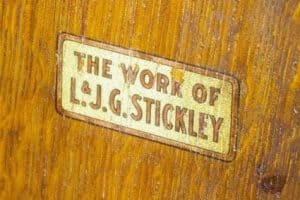
Machine-cut furniture didn’t emerge until 1860, so many pieces produced after that time, even antiques, will have more symmetry and precision than pre-1860 ones.
Another sign of pre-1860 antique furniture is straight saw markings. Circular cuts on the wood generally signal a circular saw was used to cut it, which wasn’t in use until 1860.
Small indentations, nicks, or slivers can indicate that the material was cut by hand.
You may find the craftsman’s name or label on the bottom sides of the drawer or elsewhere on the piece.
Symmetry
As you look at the furniture’s symmetry, examine any spindles, rung slats, or small pieces. These irregularities in uniformity can be easy to miss and is when real attention to detail comes into play.
Knock-offs or replicas of, say, a Louis XVI will be concise in every way because it was machine-made, not man-made.
Finish
Antique furniture’s finish is sometimes another indicator of its age.
Up until the Victorian Era (1837-1901), shellac was the primary finish used for furniture surfaces although older items might have an oil, wax, or milk paint finish.
Some very unique items might have been French-polished. This method of finishing a piece results in an extremely glossy surface with a deep, vibrant color that almost appears gleaming.
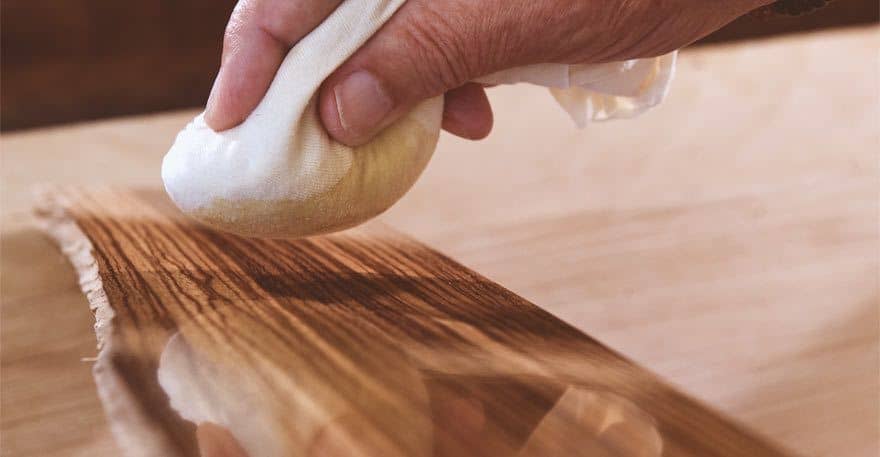
French polish finishes were the most popular in the 18th century, although it saw a resurgence during the Victorian Era. During this time, it was primarily for more exceptional furniture and instruments made from expensive materials.
It wasn’t until the middle of the 19th century that lacquer and varnish came into vogue as methods to give wood a clear, polished finish.
If you can, try and test the finish, but you may not be able to if you are in a showroom.
Pick a spot on the furniture that isn’t noticeable and dab at it with denatured alcohol. Shellac will dissolve after coming in contact with the alcohol.
Use ammonia to test the finish of furniture that has been painted or with a milk paint finish.
Use the denatured alcohol, white vinegar, and kerosene, for wax-coated pieces or ones that need cleaning.
Materials
When artisans constructed furniture, they generally used the same varieties of timber for hundreds of years.
The type of woods used to construct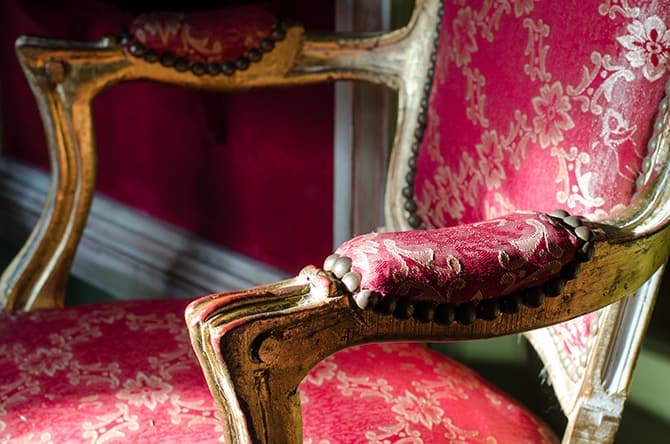
Source: invaluable.com a particular piece is essential to examine. But sometimes, craftsmanship plays a more significant role in specifying an object’s age.
Pre-18th-century furniture was often oak. From the 1700s on, mahogany and walnut became more popular choices.
American furniture makers also used pine because of its abundance and workability. However, this material may not have the same quality or distinction that mahogany, maple, oak, cherry, or walnut does.
Besides the wooden materials, you also want to look at the upholstery. Is it original to the piece? What material is it–silk, wool, or cotton? The pattern of the upholstery can be a tell also.
There are numerous books and websites with detailed information about a range of materials. These resources make it much easier for those wondering how to identify antique furniture.
—

